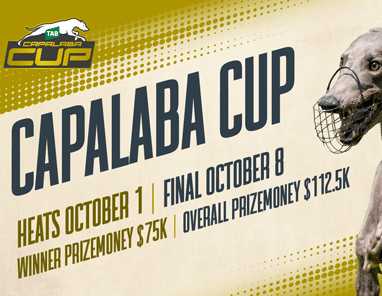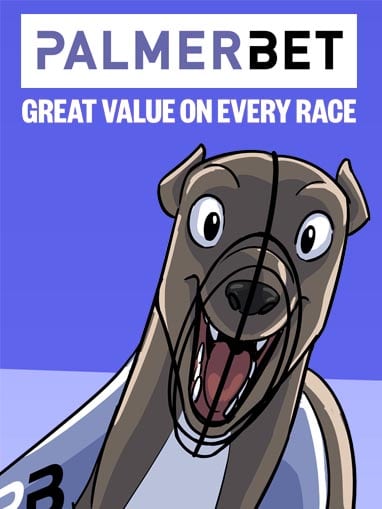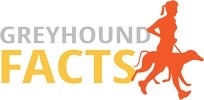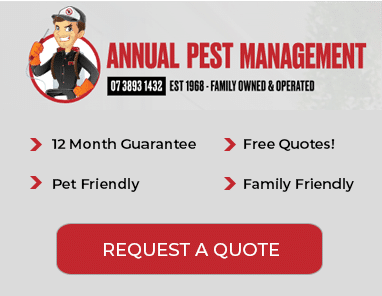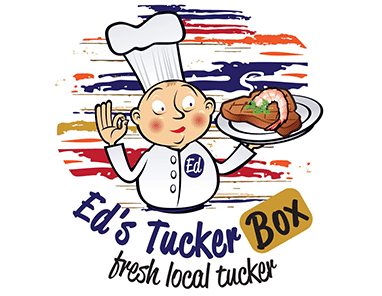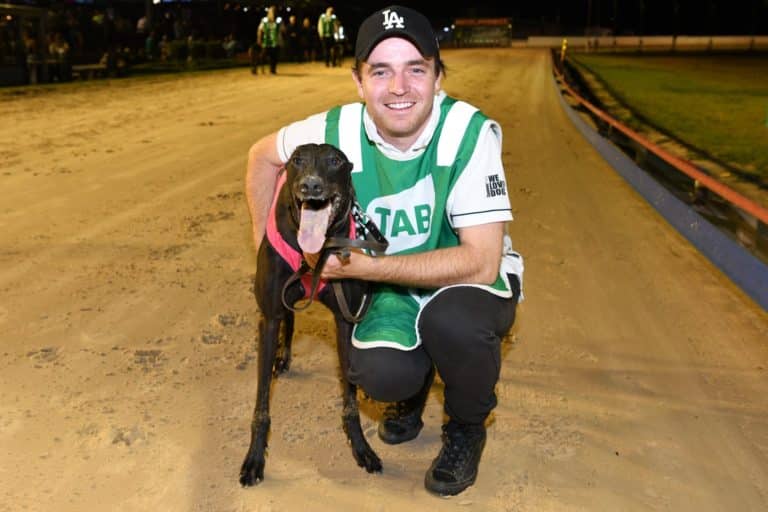
Caption: Matt Lanigan with Weblec Eagle who had a 25 per cent winning strike rate
TOMMY Lanigan is my grandfather and it was always his dream to win the Waterloo Coursing Cup, a dream he handed down to my father Gerald, and it has since come down to me.
Tommy didn’t win the race, but Dad and I have won it twice with Zambora Blueboy and again with Rylee’s Marshall. And it is the thrill of achieving such a feat that drags us, and so many others, into greyhound racing.
When Chase Magazine asked me to pen an article about getting into greyhound racing, I looked back over my own introduction into the industry and how a thought to “get a dog with Dad” has turned into a 44-acre property with 80 dogs.
My initial advice to anyone contemplating training greyhounds is to understand it is 24 hours a day, seven days a week, 365 days a year.
The highs are wonderful, very rewarding, but there are a lot of low spots and if you are not willing to put up with them, then look elsewhere.
I was born in Traralgon, but my family moved to Swan Hill when I was seven. Swan Hill is not really the hub of greyhound racing.
When I was 16 I moved to Melbourne after gaining a scholarship to Caulfield Grammar to play cricket. I was state level all through my growing-up days.
I thought I could bat, but I couldn’t, but I was an off-spinner. At 18 I spent six months in the English Premier cricket League. I came home to knee reconstructions and a shoulder reconstruction.
It ended my hopes of a cricket career.
When I was 20, I moved back home and suggested to Dad we buy a dog together. He had always had an interest in a dog or two when I was growing up.
Dad had known Greg Stella in Queensland for years and we bought Rylee’s Enforcer from him to chase those one-turn Cups in Victoria. He’d won the Capalaba Cup before we bought him.
We gave him to Graham Whitford to train and he won nine in a row. Graham taught me so very much about training greyhounds.
Not long after, Dad and I got Zambora Blueboy and he won 15 races for us and back-to-back Waterloo Coursing Cups. I kept him as a pet ever after and he died only a month ago. He never lost a course.
My grandfather Tommy had trained a couple of Waterloo Cup semi-finalists but never won it. Dad and I bought Rylee’s Marshall from Greg and he also won the Waterloo Cup.
By this time, I was hooked and had to start training myself. It was 2016. I built two kennels at my parents’ home at Swan Hill and that soon turned four and then to five. I’ve always found it easy to fill the kennels.
My first starters were at Horsham on September 22, my birthday. The first was Zambora Queenie, who won and paid $75.
I had Zipping Billy in the next race and he won as well.
By this time I had built up a connection with the Hallinan family, Charlie Azzopardi and Scott Edwards.
We sold Zambora Queenie to Ian and Eileen Thomas in Tassie and instantly became close friends. Our kennel has won the Hobart 1000 with Zipping Bruiser and made five of the last six finals.
Every time we went to Tassie we stayed with Ian and Eileen.
It wasn’t long after I started training that I had Moment To Jive in a final in town and was talking to Angela Langton. She asked if I wanted to come on board and work for her and Jeff Britton.
Three weeks later I moved in and started looking after a shed with 50 dogs in it.
It was a massive learning curve. Jeff taught me how to muscle check dogs.
I learnt so much in my two-and-a-half years with them. It included time management, of course. There was always something happening, learning something different every single day.
I still use their training methods.
They gallop Monday, Wednesday and Friday up their 330 metre straight, calling up in groups of 20. I went from feeding five dogs to 50 overnight.
They feed a roo-chicken mixture, iron and potassium supplements but really a simple diet.
Since my partner, Emily Azzopardi, established our own complex at Rowsley we have developed it to cater for 80 greyhounds. We now have 46 kennels, 25 race dogs, the others pre-trainers, a few oldies and lots of pups being reared.
We are across the road from Anthony Azzopardi’s magnificent property. But, therein lies a problem. Emily and Anthony have a running joke with so many people in the industry.
They are unrelated but they tell anyone and everyone they are brother and sister, father and daughter, husband and wife. It has become a seriously, seriously bad joke that doesn’t stop.
Running a property with 80 greyhounds means lots of work. My dad Gerald and Emily’s dad Mario are both a fabulous and integral part of our operation.
Our costs are huge and that includes 130kgs of roo, 100kgs of puppy mince and 90kgs of chicken every week. We use Greyhound Racing Formula Extreme as our kibble. It is a new product we have found to be first rate.
Our day starts at 6am, and that can be after arriving home from Shepparton racing at 2am.
Dad always said if you keep your dogs happy and healthy they will perform for you. Greyhounds are such great animals, but the biggest mistake people appear to make is they rush them.
Patience is the greatest virtue a greyhound trainer can have.
But training is a job Emily and I get to do with our family every day.
Also, newcomers can never ask enough questions.
I’ve been training for six years and I’m still constantly asking questions, still learning.
But what one person does may not necessarily be right or wrong for you.
Emily and I have had some pretty good mentors. Jason Mackay was the first to ring when Zipping Bruiser won the Group 1 Hobart 1000.
He’s been a super help for us.
One bit of advice I got from Jason was that your dog does not know the race he is going into is a Group 1. Whenever we have a dog in a feature race, we say that to ourselves all the time.
And, I’m so lucky to have Emily. She loves the dogs just as much as I do. On Christmas Day, we had to get all the dogs done before our two-year-old son woke up to get his presents.
That’s what greyhound racing is all about.



